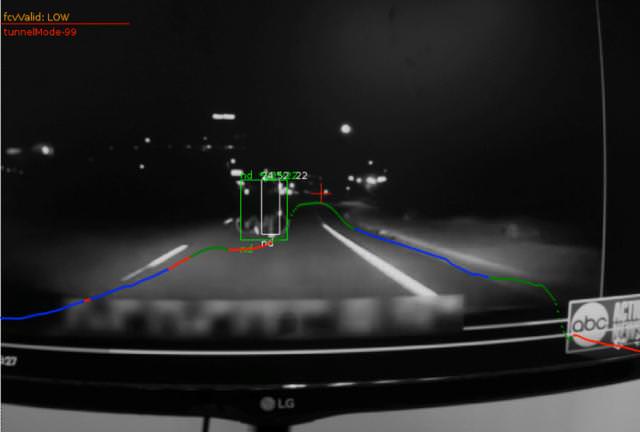- Joined
- Aug 20, 2006
- Messages
- 13,000
John Krafcik is confident enough in his company’s self-driving car technology to declare that the Uber tragedy in Arizona wouldn’t have happened if it was a Waymo vehicle. A safety report received by federal officials suggests that Waymo does have a thorough-enough hardware and testing regimen for preventing similar incidents.
Waymo says its equipment has run through thousands of scenarios focused exclusively on avoiding collisions involving pedestrians. The vehicles are equipped with custom lidar, radar equipment and other sensors, according to Waymo. “We’ve staged people jumping out of canvas bags or porta-potties on the side of the road, skateboarders lying on their boards, and thrown stacks of paper in front of our sensors,” Waymo said in its report.
Waymo says its equipment has run through thousands of scenarios focused exclusively on avoiding collisions involving pedestrians. The vehicles are equipped with custom lidar, radar equipment and other sensors, according to Waymo. “We’ve staged people jumping out of canvas bags or porta-potties on the side of the road, skateboarders lying on their boards, and thrown stacks of paper in front of our sensors,” Waymo said in its report.
![[H]ard|Forum](/styles/hardforum/xenforo/logo_dark.png)

